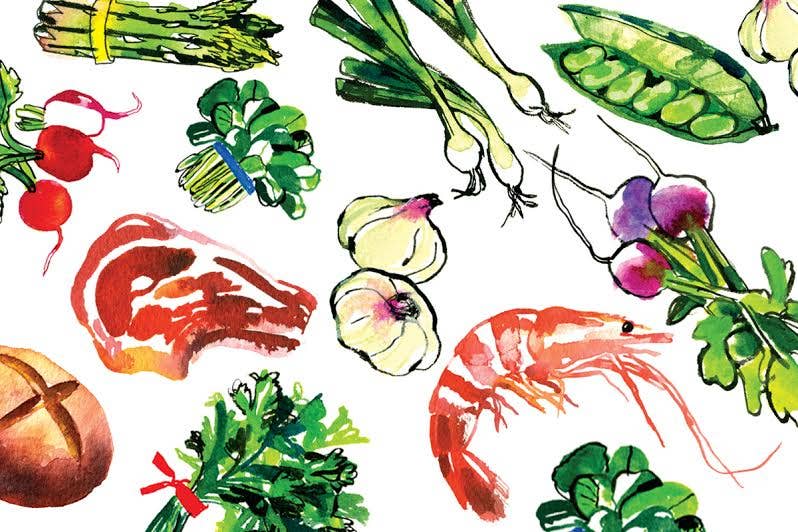
Coconut milk gives body and flavor to numerous Swahili dishes, including several described in the recipes on these pages, and is as essential as cow's or sheep's milk in many tropical parts of the world. Not to be confused with coconut juice—the clear liquid that collects in the shell—coconut milk must be extracted from the meat of the nut. It is thick and creamlike, with oils and sugars that make it ideal for braising meats and for bringing out the flavors of spices and aromatics, as well as for baking into cakes and pastries. In much of East Africa, coconut milk is made at home, from fresh coconuts, which grow in abundance along the Indian Ocean coast; cooks grate the sweet white meat, mix the grated coconut with water, and squeeze the mixture to extract the milk. Because it's hard to find super-fresh coconuts in most of the U.S., cooks here rely on canned coconut milk. Of the dozens of brands on the market, Mae Ploy and Chaokoh are the best: they have a rich, full flavor and silky texture. As with fresh cow's milk, a thicker cream will rise to the top, leaving a thinner, less rich liquid beneath; so, unless a recipe calls specifically for separating and using the cream layer alone, remember to shake the can before opening it and measuring out what you need.
Keep Reading
Continue to Next Story










